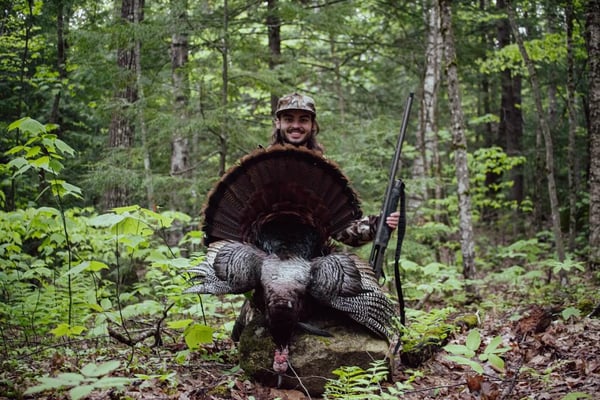- Savage Blog
- How Wildlife Management Shapes Ethical Hunting
How Wildlife Management Shapes Ethical Hunting
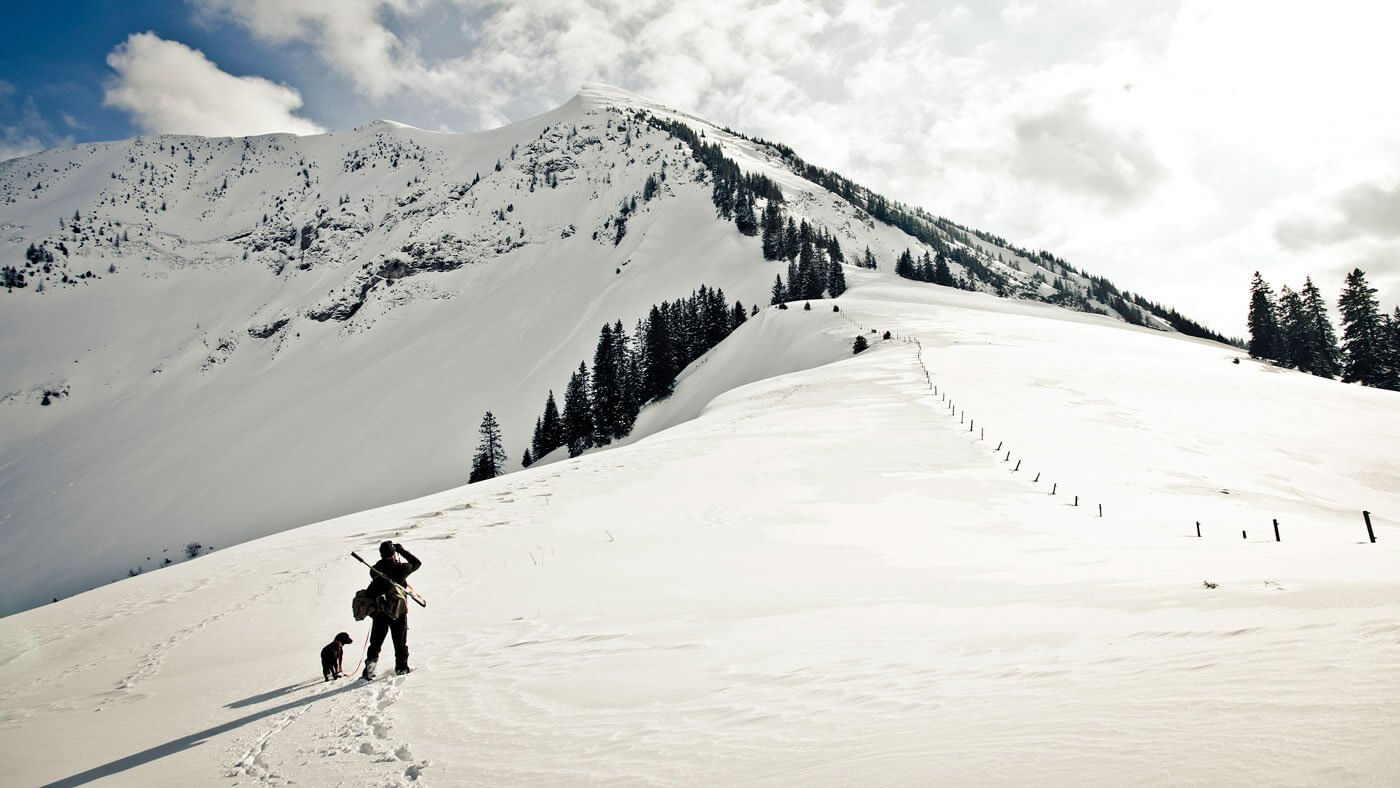
Wes Forbes is a recent Wildlife Management graduate from West Virginia University. In this blog, Wes relates his lifelong experiences as an outdoorsman and his education in wildlife management to the importance and need for ethical hunting practices.
As a wildlife management graduate from West Virginia University, I have been fortunate enough to learn firsthand how a scientific understanding lays a foundation for all aspects of ethical hunting. Growing up hunting in the mountains of West Virginia gave me a deep appreciation for the land and wildlife long before I ever stepped foot on a college campus. This helped me connect what I learned in school with what I experienced in the backcountry. Ethical hunting is not just about following the rules; it's about understanding why these rules are in place and how they contribute to conservation.
What is Wildlife Management?
Wildlife management is the science and art of balancing the needs of wildlife with the needs of people. Wildlife managers can use tools like population models, habitat restoration, and harvest regulation to meet these needs. During my time at WVU, we studied everything from population dynamics to conservation genetics. This academic foundation showed me that hunting can benefit wildlife populations tremendously when practiced with science in mind.
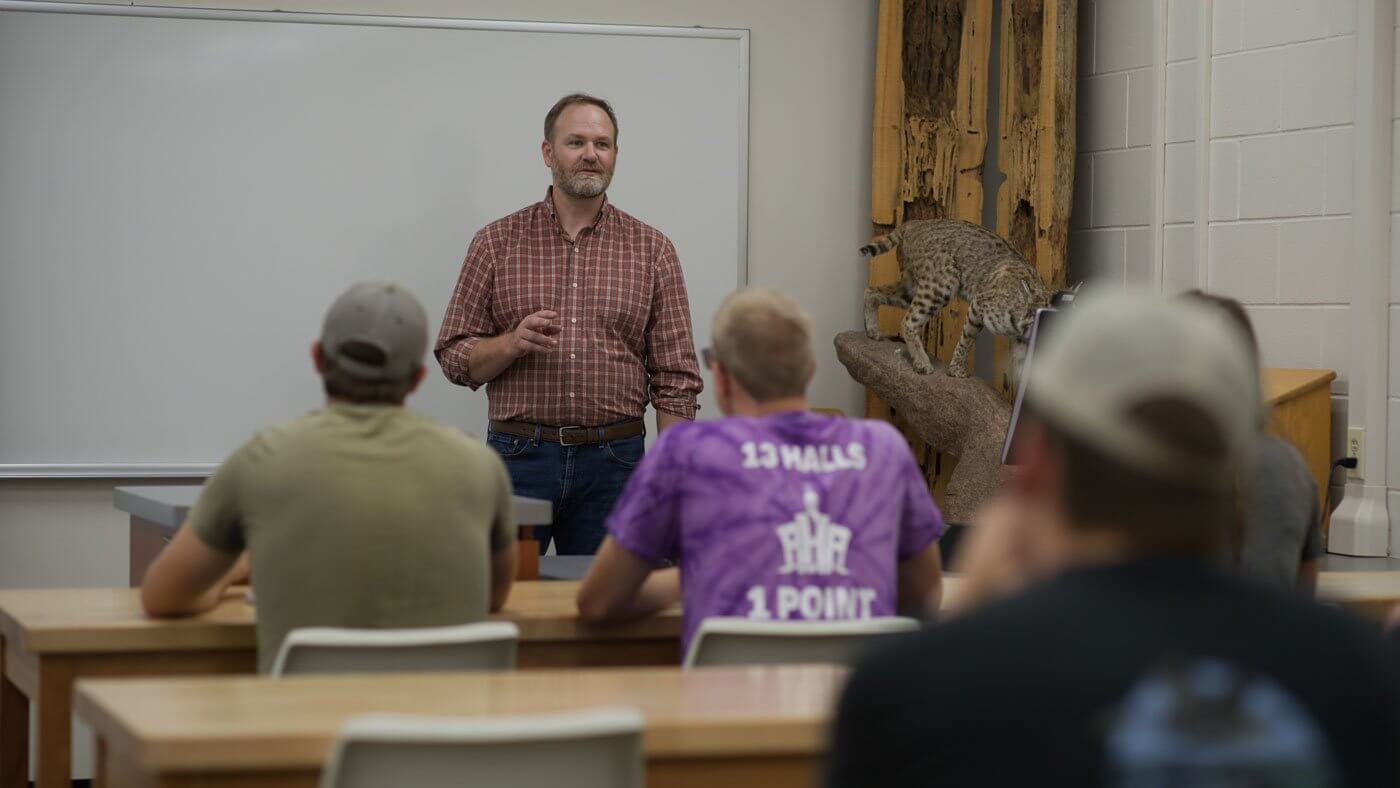
What is Ethical Hunting?
The term ethical hunting gets thrown around a lot, but what is it? Ethical hunting is defined as the practice of pursuing game in a way that is respectful, responsible, and sustainable. It goes beyond just following the law; it’s about understanding why the regulations are in place and how these decisions benefit wildlife on a larger scale.
Ethical hunters prepare thoroughly. They spend hours at the range, scout responsibly, and make sure no part of the animal is wasted. They respect fellow hunters, the land itself, and the animals they are after. In my own experience, this has meant waiting for the perfect shot on a deer, or helping a friend track a deer for hours to make sure no part of the animal was wasted.
The Role of Hunters in Conservation
Hunters are often looked at as takers, but in reality, ethical hunters give back to the game they are after just as much. Through license fees, conservation stamps, and excise taxes on equipment, hunters fund a significant portion of wildlife conservation in North America. The North American Model of Wildlife Conservation, which we studied thoroughly in college, relies on hunting as a management tool for healthy populations.
In one course specifically, titled Advanced Wildlife and Fisheries Techniques, we dove deep into creating models to understand what causes fluctuations in populations. Throughout this course, I developed a model looking into the harvest of trophy bighorn sheep and how this shapes population structure. I found that setting harvest rates at a reasonable amount helps keep populations stable for longer periods of time. This is an example of how managers can use models to shape how we hunt.
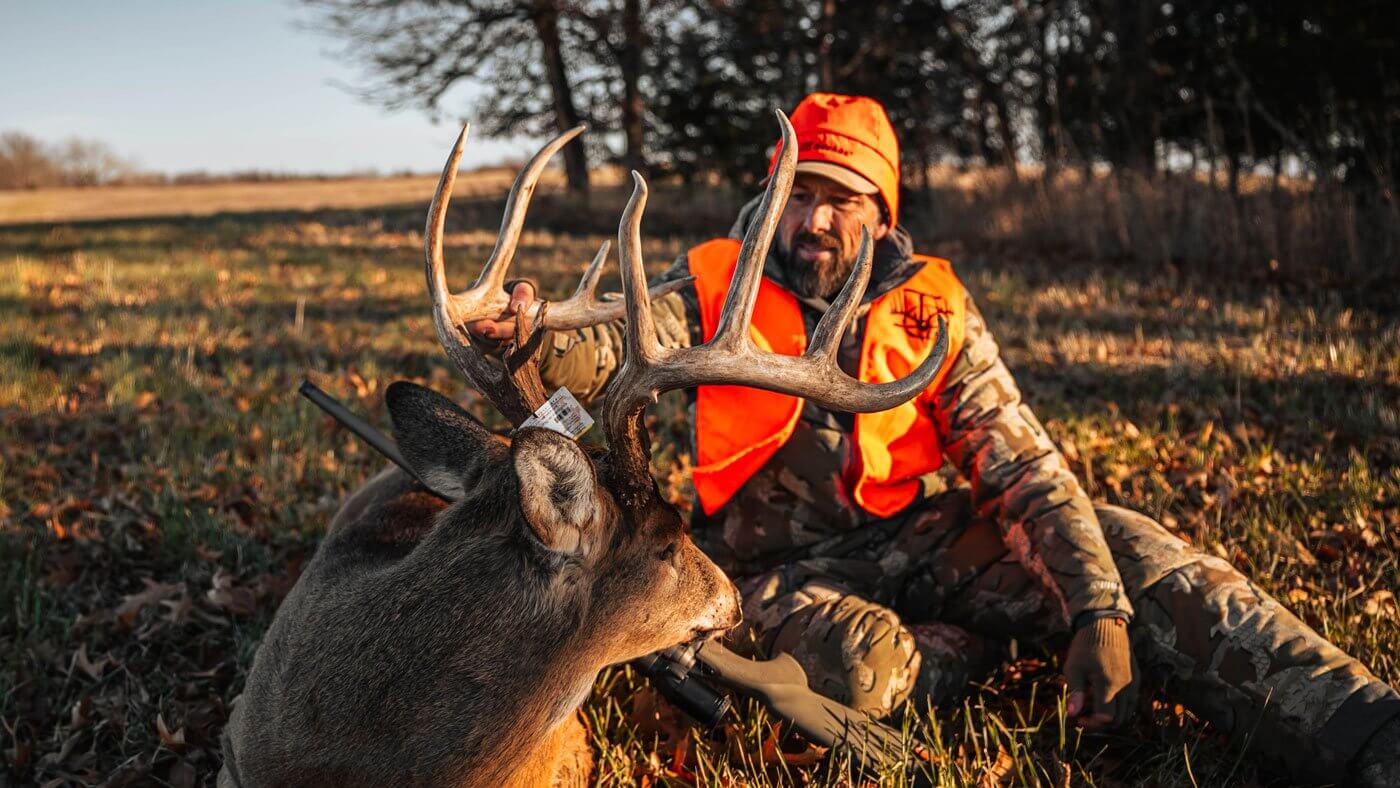
From Science to Practice: How Management Informs the Hunt
Science guides every step of ethical hunting, from identifying which animals can be harvested to how many should be taken. Here are just a few ways wildlife management shapes real-life decisions in the woods.
1. Season Setting
Wildlife agencies determine hunting seasons based on biological data like breeding cycles and population trends. This helps protect the young and ensure reproductive success. It’s why deer season is in the fall and not spring, and why in some states, turkeys can only be hunted in the mornings.
2. Harvest Quotas and Bag Limits
Managers can use models to simulate how removing too many animals from a population can lead to collapse. This is why quotas and bag limits exist; they are based on detailed data to keep populations stable for many generations to come.
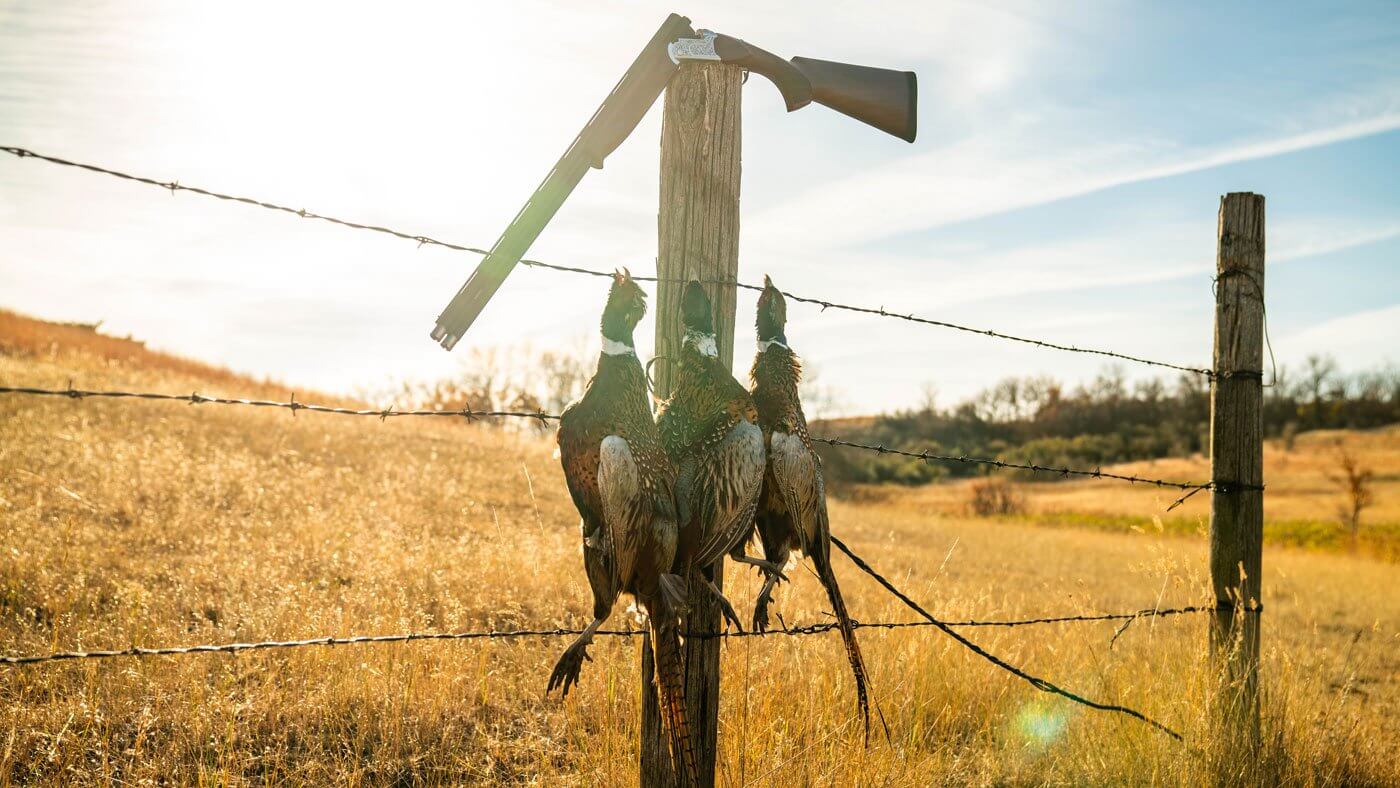
3. Age and Sex Selection
Selective harvest strategies, like targeting older bucks or not shooting hens in the spring, come from years of research. These practices help maintain social structures and reduce the risk of population collapse.
What Can You Do as an Individual?
You don’t need a wildlife degree to hunt ethically. Here are a few simple actions that anyone can take.
1. Educate Yourself
Learn about the species you are after, breeding cycles, population health in the areas you’re hunting, and pay attention to specific habitat needs. Read state agency reports, take hunter education seriously, and stay updated with new research.
2. Know Regulations and the Reasoning Behind Them
Rules like bag limits and seasonal restrictions aren’t arbitrary. They’re based on science to maintain sustainability. When you understand their purpose, other than avoiding hefty fines, it can make you a better conservationist.
3. Practice Your Skills
Spend time at the range, scout ethically, and develop your tracking and shot placement abilities. When it comes time to make the shot, gear matters. Savage Arms has perfected their rifles for precision and dependability, two traits every ethical hunter should value.

4. Support Conservation
Join local or national conservation organizations like the National Wild Turkey Federation, Rocky Mountain Elk Foundation, or Ducks Unlimited. Participate in habitat projects and voice your support for wildlife policy.
5. Respect the Land
Pack out trash, respect boundaries, and leave no trace. We have to keep in mind that in the backcountry, we are guests.
6. Pass it on
Teach others what you’ve learned. Whether it's a young family member or a new adult hunter, mentorship is one of the most lasting contributions you can make to ethical hunting.
Ethics Beyond the Shot
Ethical hunting is not only about what you shoot; it’s about how and why you shoot. In wildlife management, we’re taught to think long term. Ethical hunting means asking tough questions in real time. We also learn to recognize when not to shoot. Sometimes, not taking a shot can be beneficial to future populations, whether this be letting a three-year-old buck walk or correctly identifying a turkey before pulling the trigger. Sometimes, a moment of discipline can preserve future generations.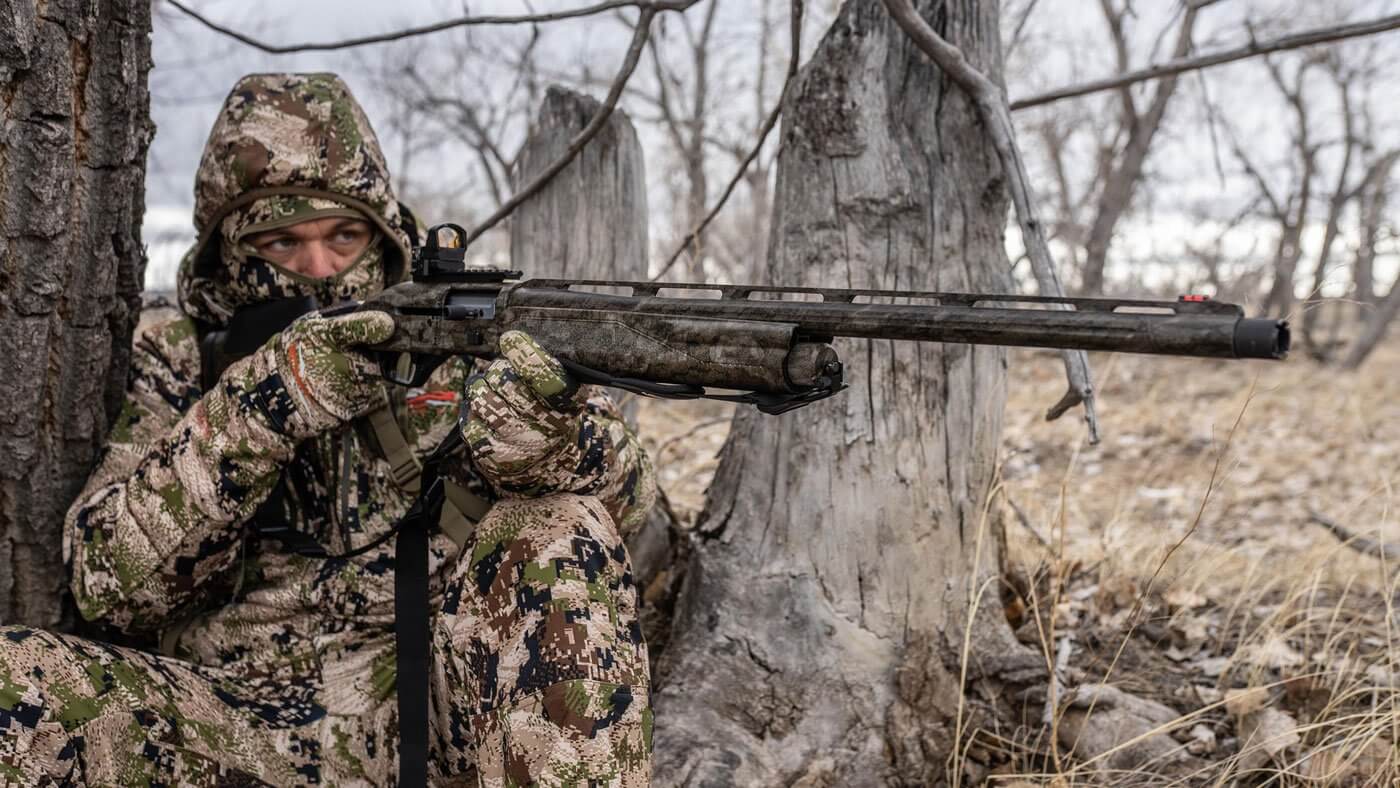
Bridging the Gap
As a graduate and a hunter, I see my role as a bridge between science and tradition. Knowing that we are doing things as hunters, not just because our grandfathers did it that way, can be extremely beneficial to conservation. I have been lucky enough to teach new hunters practices that are both beneficial to them and the species they are after, and to understand the long-term impacts of their choices. I also encourage hunters to get involved with local organizations. The more we engage, the more influence we have in shaping ethical and effective hunting.
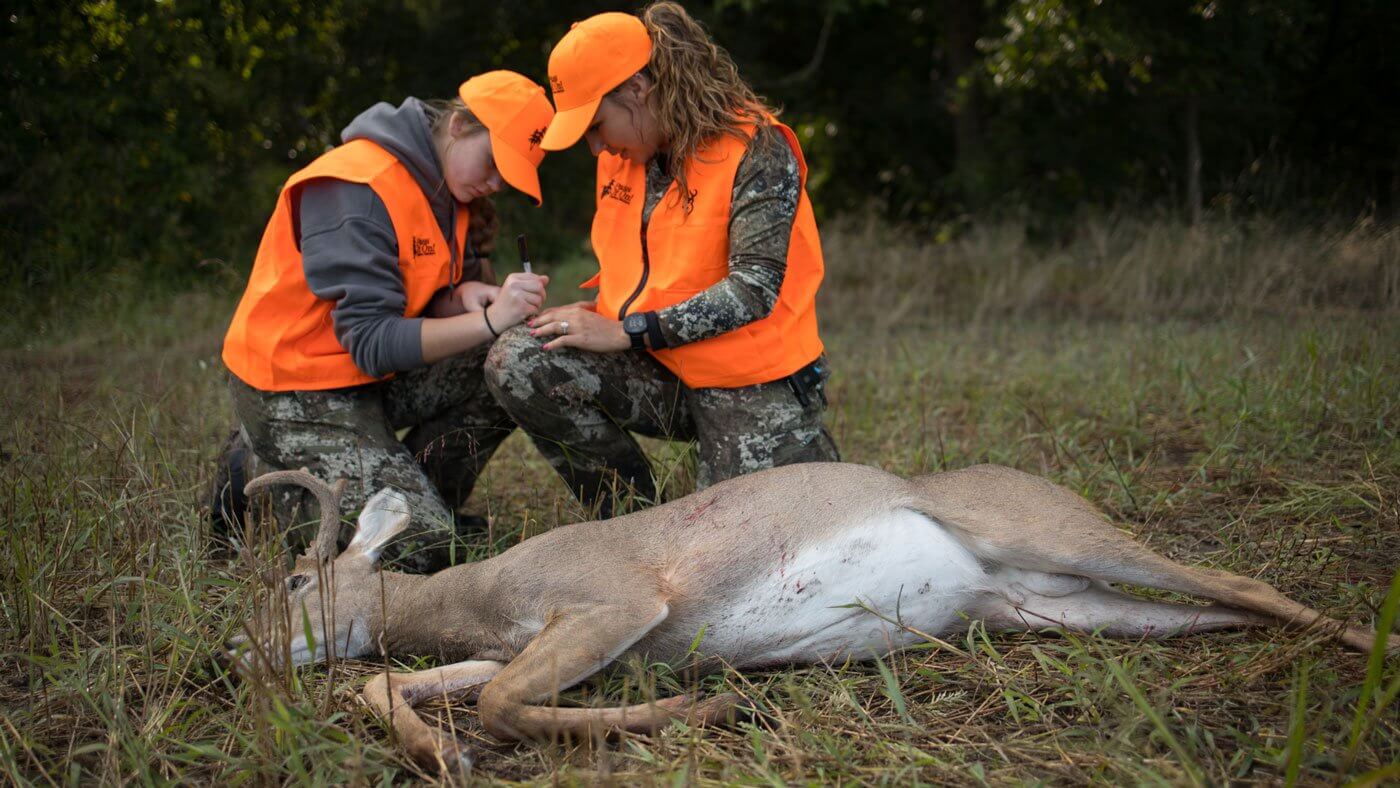
The Future of Ethical Hunting
The future of ethical hunting relies on education. As things change, whether it’s shifting wildlife populations, evolving land use, or new technologies, the role of science in hunting becomes even more important. Hunters with wildlife management knowledge can lead the way in advocacy for wildlife, promoting ethical hunting, and bringing in a new generation.
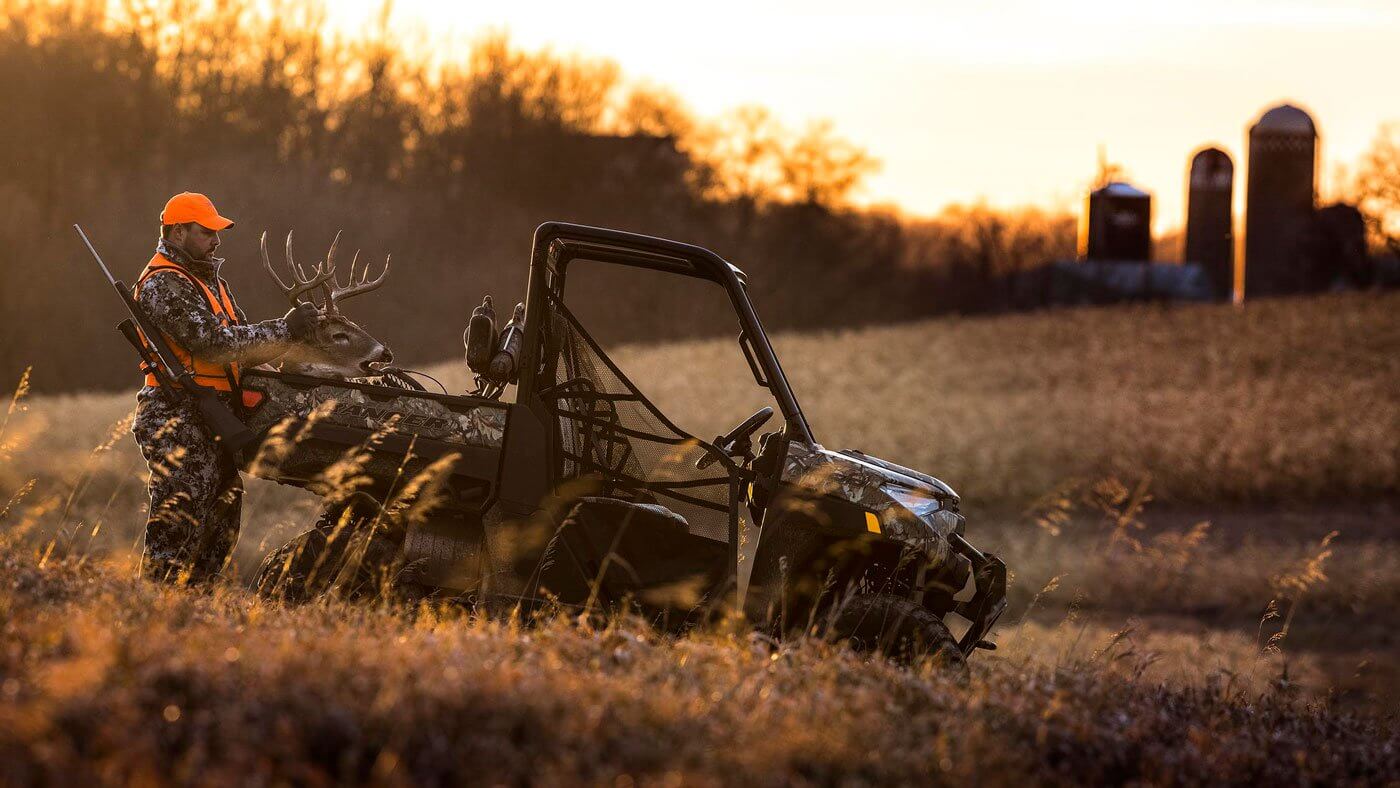
My journey from the classrooms of West Virginia to the mountains has come full circle. What I learned in lecture halls now guides every step I take in the woods. It’s a strong reminder that when hunting is shaped by knowledge and respect, it becomes more than a tradition.
